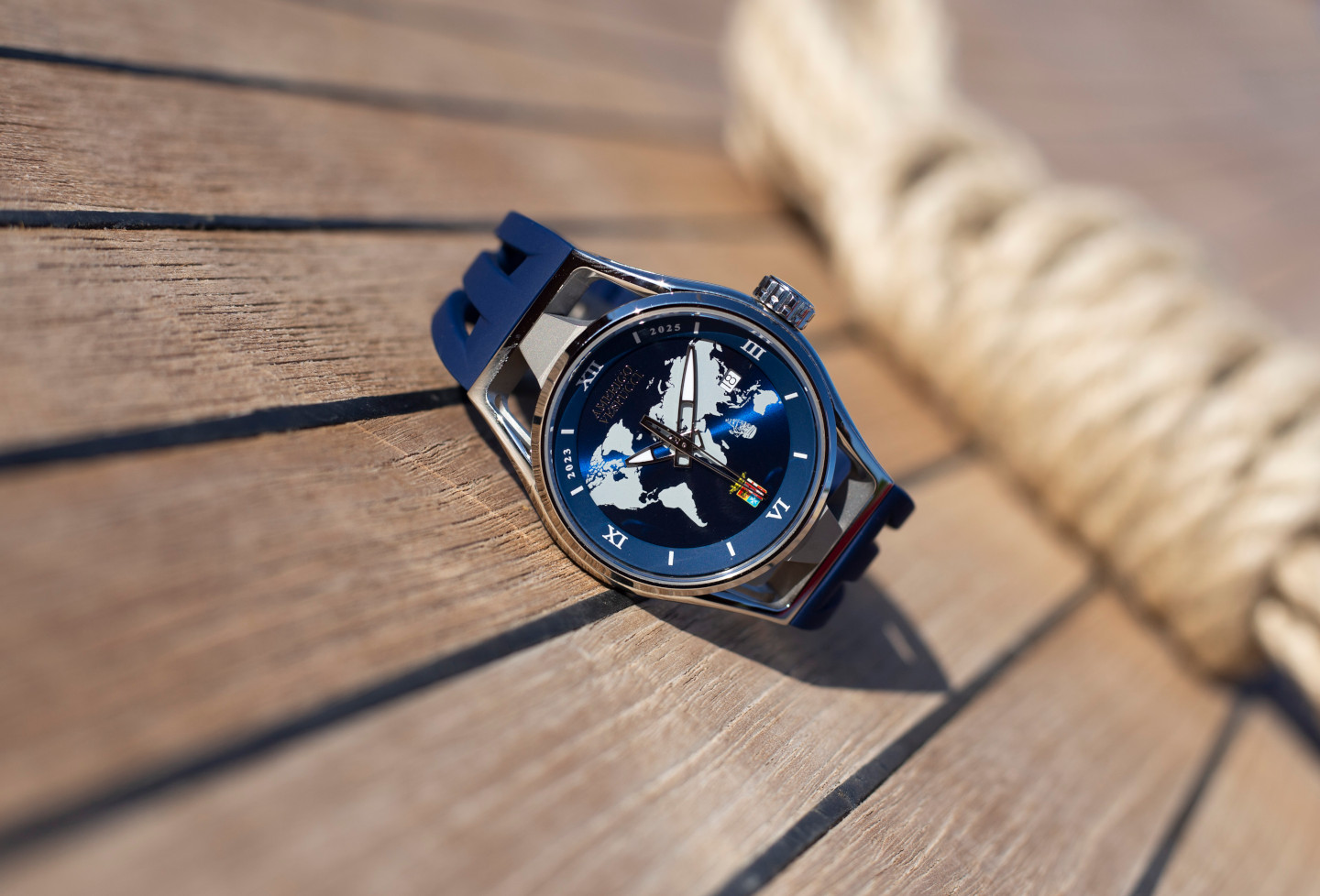OISA 1937 is a historical brand founded in Milan in 1937 by Domenico Morezzi. “Don’t be afraid of not having the courage” was Morezzi’s motto when he opened the historical laboratory of OISA. Here Morezzi and his staff were able to produce 10,000 mechanical movements per month, all original calibers for watchmaking houses in Italy and around the world.
OISA represented a unique experience for the Italian watchmaking industry, but in 1978, with the arrival of quartz movements on the market, the Morezzi family decided to stop the activity. In 2017, Morezzi’s grandson and heir, Carlo Boggio Ferraris, together with other excellent names in Italian business, decided to resume production. Today, after years of preparation, OISA 1937 presents its first movement mounted on a LOCMAN watch.
The mechanical hand-wound OISA Calibre 29-50 Cinque Ponti movement has a handmade Côtes de Genève finish on the bridges enclosing the gear train and a handmade Perlage finish on the main plate. It has a diameter of 29.5 mm and a height of 3.5 mm. The size of the OISA movement is 13”’ – 13 lines which is a unit of measurement used in antiquity to indicate the diameter of movements and where one line (‘) is equivalent to 2.255 mm-.
The OISA 1937 29-50 movement is equipped with 19 rubies located on the five bridges, on the main plate and on the crown.
The 1937 29-50 OISA movement has 19 rubies located on the five bridges, on the main plate in relation to the wheel pivots which deliver a frequency of 25,200 vibrations or 3.5 Hrz (Hertz, the International System of Frequency unit), where the balance pivots work with a “Kif” type incabloc (shockproofing system), on the barrel, on the crown wheel, on the lever and on the balance plateau.
The time regulation of this movement is of the “Masselottes” type, i.e. it is carried out by means of counterweights placed on the handwheel of the balance, instead of the classic regulation racket located on the bridge of the balance. The winding autonomy is guaranteed to be 60 hours, with a daily chronometric tolerance of +/- 10 seconds.








